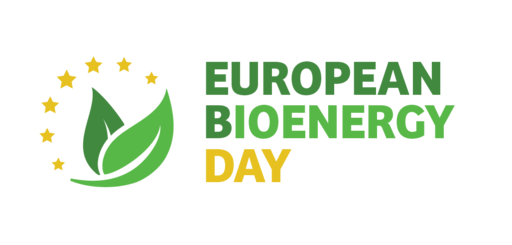Grass is a precious and abundant resource in Europe thanks to both temporary and permanent grasslands that host cows, goats, sheep and horses. During the growing period (from Spring to Autumn), the grass is cut many times. The grass quality varies depending on its growth rate and on the seasons. In years where grass is abundant and a surplus is produced, a part of it can be used to produce energy.
Grass for energy
Grass from the third and fourth cut is considered less interesting as animal feed, but despite this it has to be cut in order to guarantee the quality and the permanence of the prairies. The grass could be harvested to produce energy in years where there is an oversupply of grass.
We can also think of the grass that is cut on the roadside verges or in prairies where differentiated management is applied. In such cases the grass must be removed in order to maintain the optimal conditions to encourage biodiversity.
The best use of grass for energy is biomethanisation because it requires the use of fresh grass, and so there is no need to first dry it out. The burning of dry hay is less ideal because hay is used, as priority, for animal feed.
